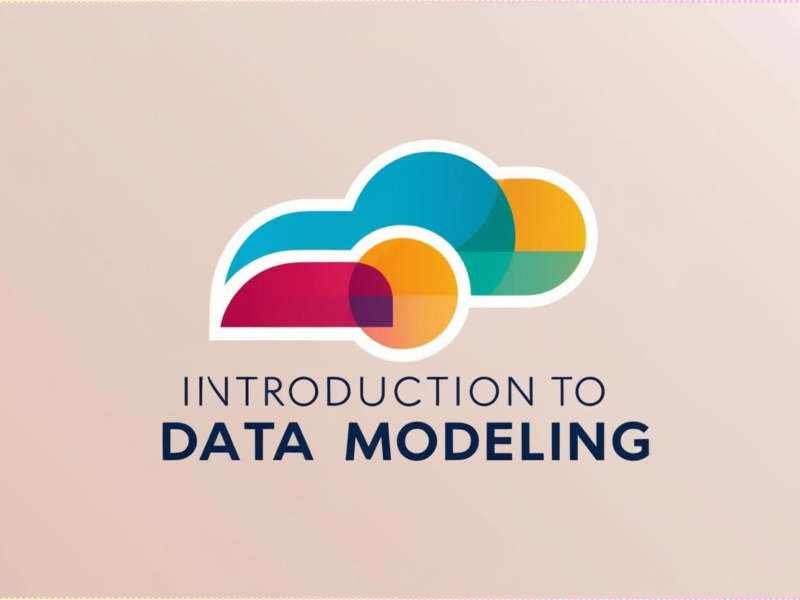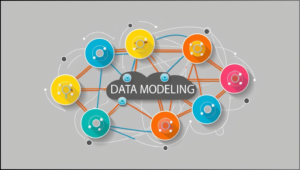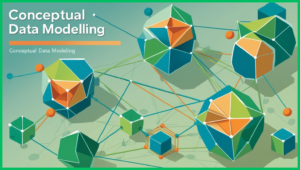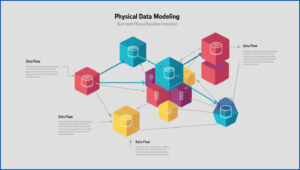What is Data Modeling?
Data modeling process of creating a clarified representation of complex data structures, connection, regulations to help corporations make sense of their information, ensuring data consistency and help support business decision-making.
Concepts of Data Modeling?
- Data modeling techniques and tools helps to capture and translate complex system design into easily understandable representation of data flows and processes, creating blue print for construction and re-engineering.
- Data model provides a structure for data used within information system by providing specific definition and format.
- Data model shows the data flows and logical inter-relationship among different data element.
- Compatibility of data can be achieved if a data model is consistently used across the system.
TYPES OF DATA MODELING
- Conceptual Data Model:
Conceptual data model is the process of designing a high-level abstract description of an organization’s data. it focuses on defining the data entities, their attributes and relationship between entities, without delving into technical or physical implementation details.
2. Physical Data model
Physical data model represents the implementation details of database. it describes the actual database formation, including tables, columns and constraints.
3. Logical Data model
Logical data model is a detailed representation of a companies information requirements. it defines the formation of the data, including qualities and relationships, but without focusing on how the data will be physically implemented in a database.
Benefits of Data Modeling
- Improve data quality: Data modeling helps ensure data consistency, accuracy, and completeness.
- Enhancement of business decision-making: this helps to provide a clear understanding of data, and enabling good business decision-making
- Reduced data redundancy: Data modeling helps eliminate data redundancy, decreasing storage cost and improving data management.
- Better data integration: Data modeling smoothen data integration across different devices and applications.
Data Modeling Techniques
1. Dimensional modeling: A technique for modeling data using facts, dimensions, and measures.
2. Object role modeling: This technique is use for modeling data using object, roles, and relationship, etc.










